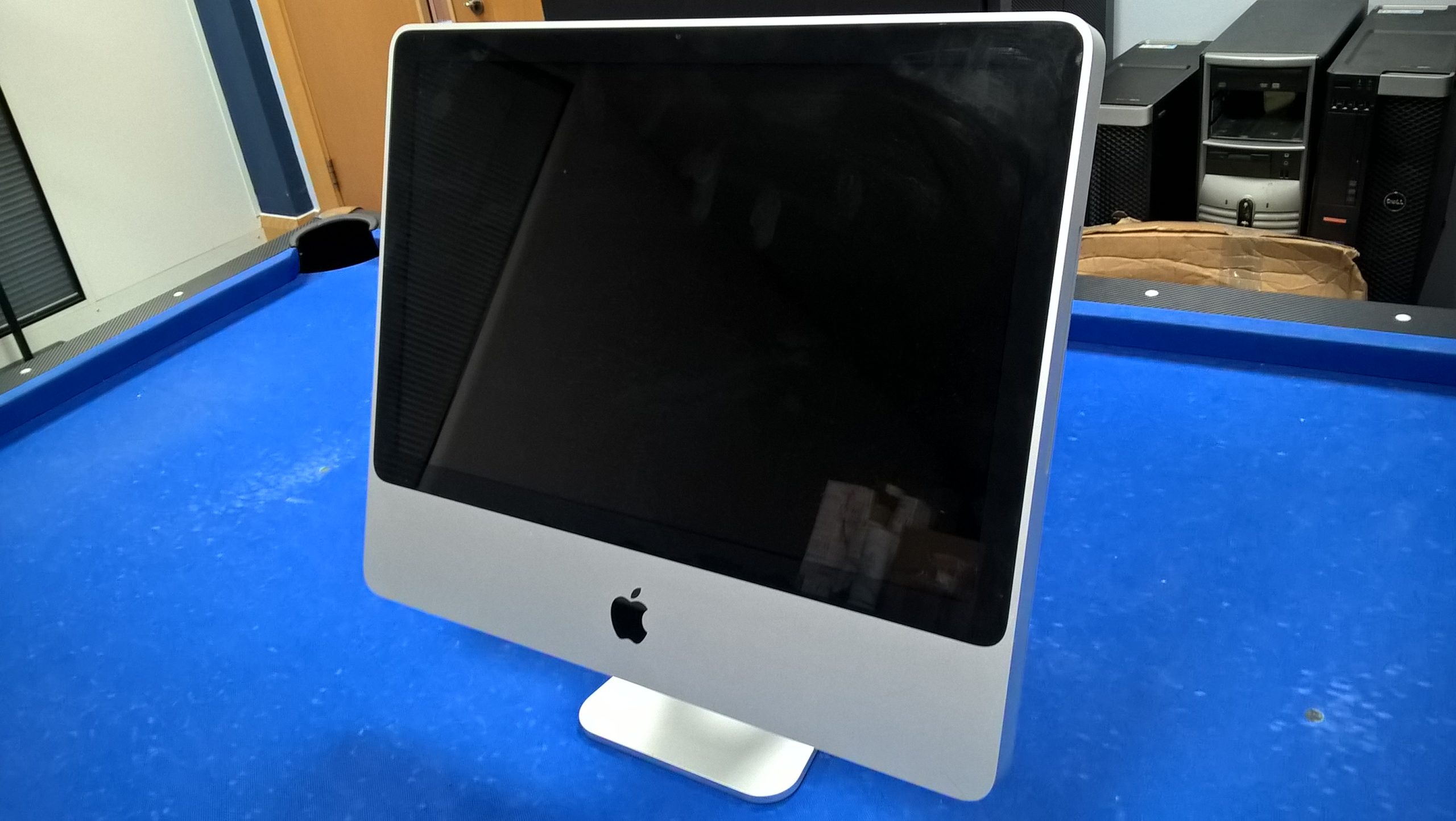Revolutionizing Cybersecurity: Insights from Google’s SecOps Innovations
In the ever-evolving landscape of cybersecurity, Google has emerged as a pioneering force, and their recent insights from the SecOps team are nothing short of remarkable. After delving into their latest write-up, I was captivated by their innovative approach to security operations.
Key Highlights from Google’s SecOps Strategy
-
Automation at Scale: It’s noteworthy that a staggering 97% of Google’s security events are managed by automated systems. Human analysts engage with only 3% of these events, showcasing the power of automation in threat detection and response.
-
Integrated Teams: Google’s detection team oversees one of the largest Linux fleets worldwide, achieving impressive dwell times of just a few hours. This fundamentally contrasts with the industry norm, often extending to several weeks. Furthermore, detection engineers are tasked with both writing and triaging alerts — an approach that eliminates silos between teams and fosters collaboration.
-
AI-Enhanced Efficiency: A standout achievement is their reduction of executive summary writing time by 53% through the implementation of AI tools. Remarkably, this efficiency gain does not compromise the quality of the reports generated.
A Shift in Perspective
What truly resonates with me is Google’s commitment to redefining security from a traditionally reactive function into a proactive engineering discipline. By prioritizing automation and coding skills over conventional security expertise, they challenge long-held beliefs about what it means to work in cybersecurity.
This leads me to ponder: Are traditional security roles evolving into engineering positions? As the landscape shifts, it seems increasingly plausible.
For those interested in staying updated on such discussions and insights, I invite you to subscribe to my weekly newsletter dedicated to cybersecurity leaders. Together, let’s navigate the transformative changes in our field. Subscribe here.
Share this content:



